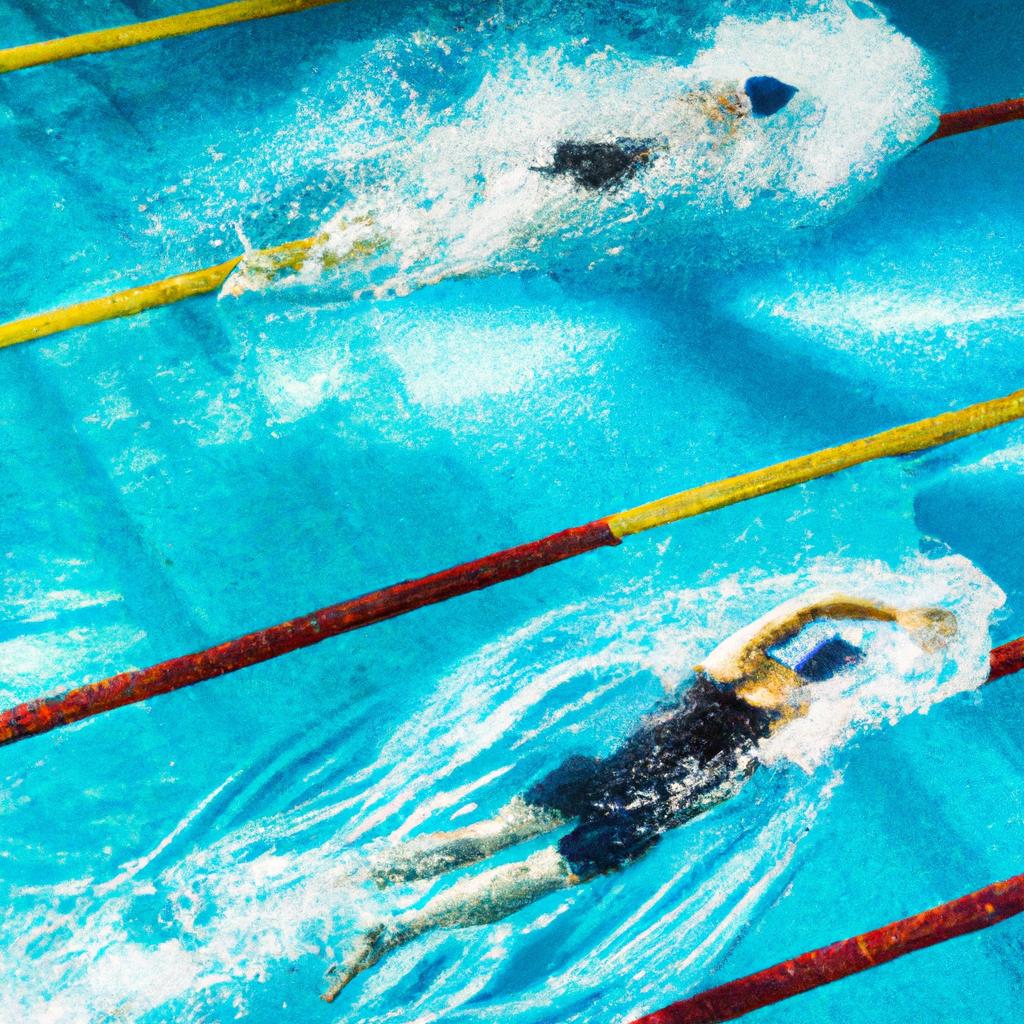**”The Impact of Swimming Drills on Stroke Mechanics: Analyzing Techniques to Improve Efficiency and Speed”**
# The Impact of Swimming Drills on Stroke Mechanics: Analyzing Techniques to Improve Efficiency and Speed
Swimming is a complex and demanding sport that requires not only physical endurance but also precise stroke mechanics. The efficiency and speed of a swimmer are largely determined by their technique, which can be significantly improved through targeted swimming drills. In this blog post, we will explore how specific drills can enhance stroke mechanics, leading to better performance in the water. We will also discuss the importance of nutrition and exercise tips, along with the myriad health benefits associated with swimming.
## Understanding Stroke Mechanics
### The Importance of Technique
In swimming, technique is everything. Proper stroke mechanics enable swimmers to move through the water with minimal resistance, allowing for greater speed and efficiency. Poor technique, on the other hand, can lead to fatigue and slower times. Stroke mechanics encompass various elements, including body position, arm movement, and kick coordination.
### The Role of Drills in Technique Improvement
Swimming drills are essential tools for swimmers of all levels. They focus on specific components of stroke mechanics, allowing swimmers to isolate and improve particular aspects of their technique. For example, drills may concentrate on arm entry, catch phase, or breathing patterns, enabling swimmers to refine their overall stroke.
## Exploring Effective Swimming Drills
### Common Drills and Their Benefits
1. **Catch-Up Drill**: In this drill, swimmers extend one arm forward while the other arm stays at their side until the extended arm is fully submerged and ready to begin the stroke. This drill promotes proper arm extension and improves breathing technique.
2. **Single-Arm Drill**: This drill allows swimmers to focus on one arm at a time, emphasizing the catch and pull phases. By isolating one arm, swimmers can identify weaknesses in their stroke and make necessary adjustments.
3. **Kickboard Drill**: Using a kickboard enhances kick strength and body position. Swimmers can focus on keeping their hips high in the water, which is crucial for an efficient stroke.
### Analyzing Technique for Improvement
By regularly incorporating these drills into practice sessions, swimmers can analyze their technique in real-time. Coaches often use video analysis to provide feedback, enabling athletes to see and understand their movements. This immediate feedback loop helps swimmers make instant adjustments, reinforcing good habits while eliminating bad ones.
## Nutrition Tips for Swimmers
Nutrition plays a critical role in a swimmer’s performance and recovery. Here are some essential tips to consider:
– **Hydration**: Staying hydrated is crucial for optimal performance. Swimmers should drink water before, during, and after practice, especially in warmer environments.
– **Balanced Diet**: A well-rounded diet rich in carbohydrates, proteins, and healthy fats provides the energy needed for intense training sessions. Incorporating fruits, vegetables, whole grains, and lean meats can enhance overall performance.
– **Post-Workout Recovery**: Consuming a protein-rich snack or meal after training sessions helps repair muscle tissue and replenish energy stores. Options include a protein shake, yogurt with fruit, or a turkey sandwich on whole-grain bread.
## Exercise Advice for Swimmers
In addition to swimming drills, swimmers should consider cross-training to enhance their overall fitness. Here are a few exercise recommendations:
– **Strength Training**: Incorporating strength training into a swimmer’s routine can improve muscle strength and endurance. Focus on exercises that target the core, shoulders, and legs, such as push-ups, squats, and planks.
– **Flexibility Exercises**: Stretching is essential for maintaining range of motion and preventing injury. Swimmers should include dynamic stretches before practice and static stretches afterward.
– **Endurance Workouts**: Engaging in other forms of cardio, such as running or cycling, can enhance cardiovascular fitness, which is vital for swimming performance.
## Health Benefits of Swimming
Swimming offers a plethora of health benefits beyond competitive performance. Some key advantages include:
– **Full-Body Workout**: Swimming engages almost every muscle group, providing a comprehensive workout that enhances strength, flexibility, and endurance.
– **Low-Impact Exercise**: Unlike many other forms of exercise, swimming is low-impact, making it an excellent option for individuals with joint issues or those recovering from injuries.
– **Mental Well-Being**: The rhythmic nature of swimming can be meditative, helping to reduce stress and improve mental clarity. Additionally, swimming releases endorphins, boosting mood and promoting overall mental health.
## Conclusion
In summary, swimming drills are invaluable for improving stroke mechanics, efficiency, and speed in the water. By focusing on specific techniques through various drills, swimmers can enhance their performance while reaping the numerous health benefits associated with the sport. Supplementing swim training with proper nutrition and complementary exercises ensures that athletes maintain peak performance levels and overall well-being. Embracing these principles can transform a swimmer’s technique and elevate their love for the sport.















Post Comment